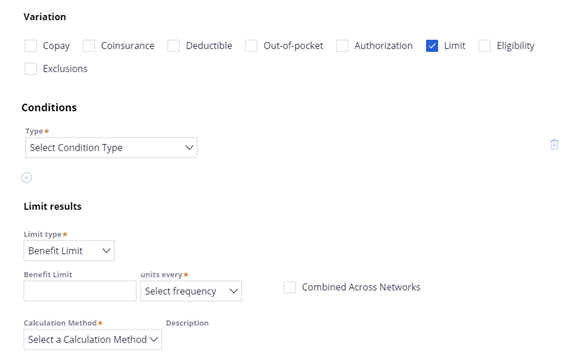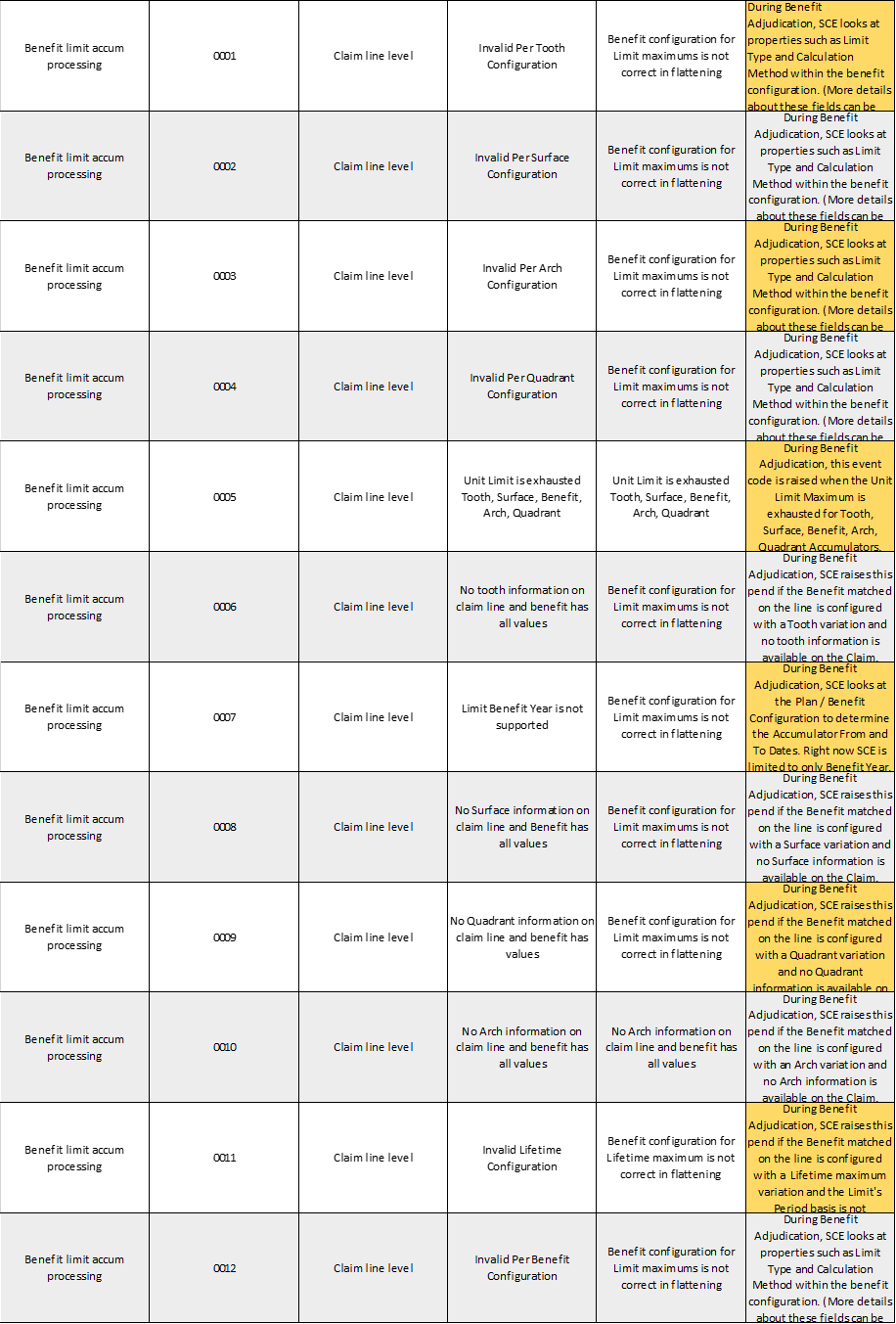Business details
The coverages and accumulators module is responsible for maintaining the accumulators during the benefit determination module processing of claims adjudication. Retrieval and creation or update of benefit limit accumulators’ processing is also done in this module.
SCE now can adjudicate claims using different types of Limit validations configured in PCS (at the Benefit Level as the well as the Variation Level). These benefit limits are now applicable to only Dental claims.
From anatomical aspect, there will be one oral cavity, 2 arches (Maxillary, Mandibular), 4 quadrants (Upper right, Upper left, Lower right and Lower left), 7 surfaces in total where in each tooth will have only 5 surfaces and 32 teeth in adults and 20 teeth in children. Based on these anatomical considerations, the benefit limits will be applied.
The coverages and accumulators module is responsible for maintaining the accumulators during the benefit determination module processing of claims adjudication. Retrieval and creation or update of benefit limit accumulators’ processing is also done in this module.
SCE now can adjudicate claims using different types of Limit validations configured in PCS (at the Benefit Level as the well as the Variation Level). These benefit limits are now applicable to only Dental claims.
From anatomical aspect, there will be one oral cavity, 2 arches (Maxillary, Mandibular), 4 quadrants (Upper right, Upper left, Lower right and Lower left), 7 surfaces in total where in each tooth will have only 5 surfaces and 32 teeth in adults and 20 teeth in children. Based on these anatomical considerations, the benefit limits will be applied.
There are different types of Dental benefit limits as specified below.
- Per Tooth Limit: Some of the dental services for any given tooth number
will be limited to only a given number of times for a given period and this
configuration can be given at PCS and SCE should consider the limits configured
and allow only the configured number of units for any specified conditions.
Ex: Root canal treatment done on any specific tooth can be limited to only once in a calendar year.
- Per Surface Limit: For some dental benefits, the services for any dental
surfaces will be limited to only for certain number of times for certain period.
Ex: Fillings done on any specific surface can be limited to 2 times within a period of 6 months.
- Per Quadrant Limit: Some of the dental services based on dental quadrants
can be limited to certain number of times for certain period.
Ex: Quadrant specific cleanings will be covered only twice in a benefit year.
- Per Arch Limit: Some of the dental service based on dental arches can be
limited to certain number of times for certain period.
Ex: Dental cleaning procedure for any of the dental arch (Maxillary or Mandibular) will be covered only once in a calendar year
- Per Benefit Limit: Some dental benefits can be limited only to certain
number of times for certain period.
Ex: Benefit which covers dental scaling procedure will be allowed only once in a calendar year
The benefit limits configuration in the PCS can be done at the variation level. The user can configure the benefit limits based on specified conditions which he can select, and the benefit limits will be applicable only for those specified conditions.

The frequency of the benefit limits can be configured as every calendar year or benefit year or lifetime or for any stipulated number of months.
The calculation method also should be selected based on the limit type which the user selects and if there is invalid calculation method select for any specific type of benefit limit then SCE will raise invalid configuration events as shown below.
SCE will create/update accumulators separately for each specific surface, quadrant, arch, tooth and benefit. Claim would be adjudicated limiting the service to the maxed defined on the benefit/accumulator.
Once the dental limits are met then SCE will deny all the exceeded units and then respective pend/deny event code will be set.
Event codes in Benefit Limit accumulators processing: If there are any wrong dental configurations also we will be raising the respective events within the benefit limit accumulators processing module.
For Example, if the limit type is a tooth limit then obviously the calculation method should be per tooth and if it is configured with any other calculation method like per unit, per condition etc. then invalid configuration event will be raised.
In total there are 12 event codes which will be raised as part of this module as shown below

Previous topic Benefit Limit Accumulator Processing Next topic Retrieve benefit limit accumulators
